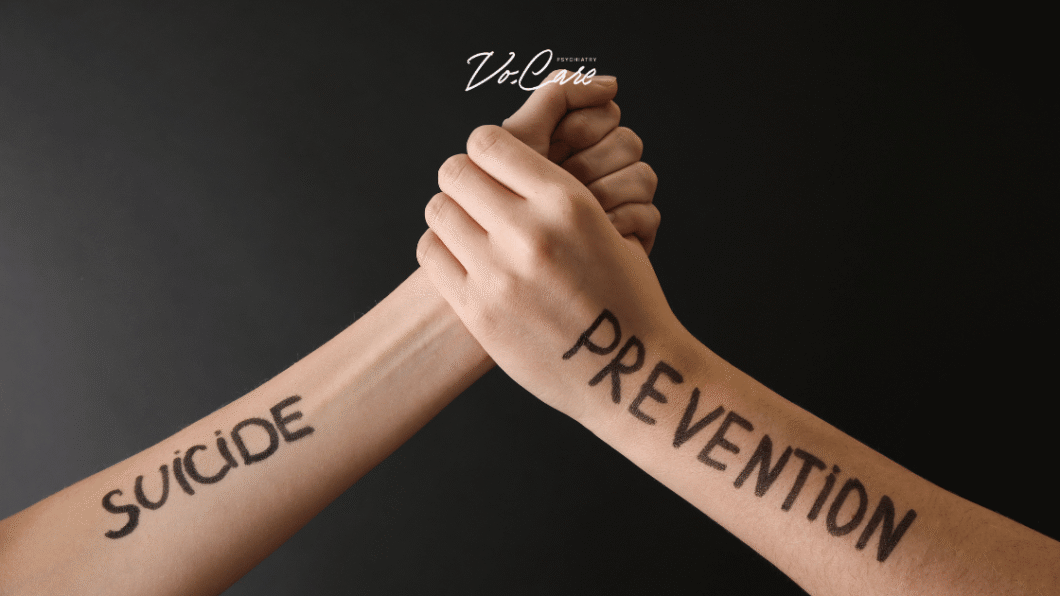TL;DR — Addressing Youth Suicide
- Youth suicide is a major public-health concern (a leading cause of death for teens/young adults); U.S. rates among ages 10–24 have risen markedly since 2007.
- There’s no single cause—risk reflects a mix of mental-health conditions, trauma/ACEs, online experiences (incl. cyberbullying), identity/belonging stress, and barriers to care.
- Feeling unseen or unheard can intensify distress; early, developmentally appropriate support matters.
- Trauma and abuse significantly increase risk; trauma-informed, trusting relationships are protective.
- Online life is mixed: it can harm (bullying, pressure) and help (connection, resources); focus on safer use, not just screen time.
- LGBTQ+ youth face elevated risk when family rejection is high; family acceptance is a powerful protective factor.
- How to help: listen without judgment, validate feelings, connect to professional support (counselor/psychiatrist/crisis line), and keep checking in.
- Reducing youth suicide is a collective responsibility for families, peers, schools, clinicians, and communities.
- If there’s immediate risk: call local emergency services or a crisis line (U.S.: 988).
Today’s young people are finding their voices earlier—speaking up, organizing, and standing for what they believe in. That courage shows real resilience. Yet beneath that strength, many are fighting a silent and dangerous battle: suicide. It’s among the leading causes of death for young people worldwide, and in 2021 it was the third leading cause of death among 15–29-year-olds globally.
In the United States, after a stable period in the early 2000s, the suicide rate among ages 10–24 rose 62% from 2007 to 2021 (6.8 to 11.0 per 100,000). These numbers are not abstractions—they represent lives, dreams, and futures cut short.
We may never fully understand every struggle a young person faces, but empathy, evidence-based care, and consistent support can help. This article outlines key factors linked withs suicide risk and how families, peers, schools, and communities can respond with compassion and action.
What’s Driving the Increase in Youth Suicide?
There is no single cause. Suicide risk emerges from a mix of factors—mental health conditions, trauma, social context (including online life), and identity-related stress—combined with barriers to care. Understanding these factors helps us notice warning signs early and connect young people to support that works.
Mental Health (a Strong Predictor)
Untreated or undertreated mental health conditions—such as depression, anxiety, trauma-related disorders, and substance use—can intensify isolation and hopelessness. For many youth, the most painful part isn’t just the symptoms; it’s feeling unseen or unheard. A safe, non-judgmental space to talk often becomes the first step toward relief and recovery. (For overall U.S. youth trends by age group, see CDC data briefs.)
Among younger adolescents (ages 10–14) in the U.S., the suicide rate tripled from 2007 to 2018 (0.9 → 2.9 per 100,000) and then leveled through 2021—emphasizing the need for early, developmentally appropriate prevention.
Trauma & Abuse
Exposure to maltreatment or multiple adverse childhood experiences (ACEs) is consistently linked to higher odds (about 2–3× or more) of suicidal thoughts and attempts. Trauma can alter how the brain handles stress, making overwhelm harder to regulate and hopelessness more persistent—underscoring the importance of trauma-informed care and trustworthy relationships.
Social Media & Technology: Risk and Support
Online life is complex for teens. On one hand, cyberbullying is associated with significantly higher odds of suicidal ideation and attempts (often around 2×, with some studies reporting larger effects). On the other hand, many teens find real connections and mental health resources online. The takeaway: focus on how platforms are used, not just screen time, and help teens build safer digital habits.
Struggles with Self-Identity
Adolescence is a time of forming identity. For LGBTQ+ youth, rejection, bullying, or pressure to hide who they are can sharply increase risk. Research from the Family Acceptance Project found that high family rejection in adolescence was linked to being about eight times more likely to report a suicide attempt in young adulthood—highlighting how powerful family acceptance can be as a protective factor.
Seeking Help: How to Support a Young Person at Risk
Young people in distress may not have the words—or may worry they’ll be judged. We can’t always wait for them to come to us; we can meet them where they are.
-
Listen with care. Invite them to share what they’re feeling without interrupting or minimizing. Being heard can ease intense emotions.
-
Validate the struggle. Acknowledge that their pain is real. You don’t need perfect answers to help someone feel less alone.
-
Encourage professional help. Offer to help them connect with a counselor, pediatrician, psychiatrist, school psychologist, or a crisis line—and stay with them while they reach out if you can. 988 Lifeline
-
Stay present. Check in regularly. Consistent, calm support shows that someone truly cares and believes they matter.
If you or someone you know may be at risk of suicide, help is available now.
Call or text 988 to reach the Suicide & Crisis Lifeline (24/7). Find a Helpline. If there is immediate danger, call 911.
A Collective Responsibility
Rising youth suicide is not a problem for “someone else” to fix. It’s a public health challenge we can address together—by paying attention to quiet changes (withdrawal, sudden drops in grades, persistent irritability or fatigue), reaching out with empathy, and connecting young people to timely, culturally competent care. Support doesn’t always mean having a solution; often it means showing up, over and over, to remind them their life matters and they are loved, exactly as they are.
Listen: Breaking the Silence — Addressing Youth Suicide (Ep. 2)
Hear more from Dr. Vo on addressing youth suicide with cultural humility and practical tools. Listen to the podcast episode.

